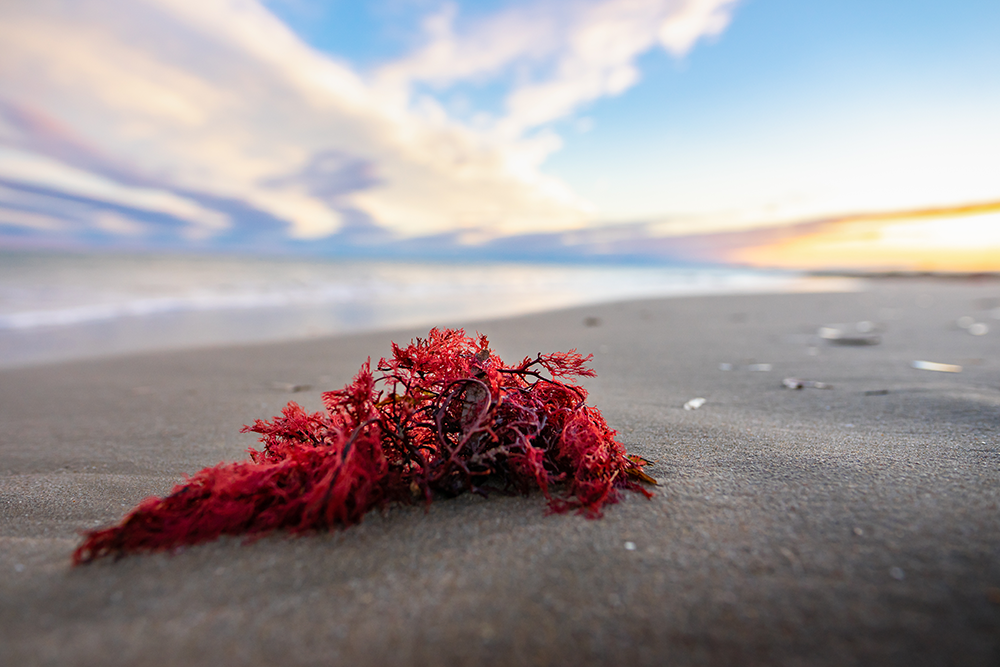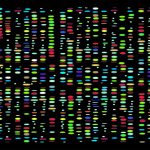
What are the differences between agar from Gelidium and Gracilaria algae?
As many people know, agar is extracted from several different species of algae. Agar is found in a variety of sea vegetables, but the main source is red algae (Rhodophyta). Within the various species of red algae there are two that are particularly agar-rich, Gelidium and Gracilaria, each of which produces agar with different properties.
As we mentioned in a previous article, the Japanese were the first culture to use Gelidium agar as a food ingredient (“Tengusa” in Japanese). Early examples of the use of Gracilaria agar can be found throughout Southeast Asia, however, by the end of the 19th century, world consumption had grown to such an extent that the more plentiful Gracilaria agar began to dominate.
The main difference is its purity; the agar obtained from Gelidium is considered to be higher quality and a better raw material, on the other hand, the greater availability of Gracilaria makes a more affordable product.
There are also differences in how the agar is obtained from each species. Extraction of agar from Gelidium does not require any chemical transformation during the extraction process, while extraction of agar from Gracilaria requires an alkaline chemical treatment to enhance the agar’s gelling effect.
In addition, there are differences in the habitats of each species. Gracilaria was originally found in the coastal areas of Argentina, Chile, Indonesia and Namibia. Faced with growing demand methods were developed for the cultivation of Gracilaria in open water in ponds and protected bays. These methods have spread from Chile to other countries such as China, the Philippines, Indonesia, Namibia, South Korea and Vietnam.
However, Gelidium seaweed comes exclusively from natural beds, mainly from Spain, France, Indonesia, Morocco, Mexico, Portugal and Korea. Gelidium is a small, slow-growing plant with only one crop per year. Attempts to grow Gelidium in tanks and ponds have only been successful on a small scale. The need for rocky bottoms and open ocean has made it difficult to implement large-scale cultivation of Gelidium.
When considering applications, the most distinguishing characteristic between Gelidium and Gracilaria agar is the gel point (the temperature at which the gel forms). Gelidium agar gels at lower temperatures which is crucial for its use in microbiology. Also, when grown in an open natural bed, Gelidium agar is free of bacterial growth inhibitors making it the only reliable agar for microbiology. The features that make Gelidium agar so important to the life sciences are less important in the food industry which favors the far more economical Gracilaria agar.


